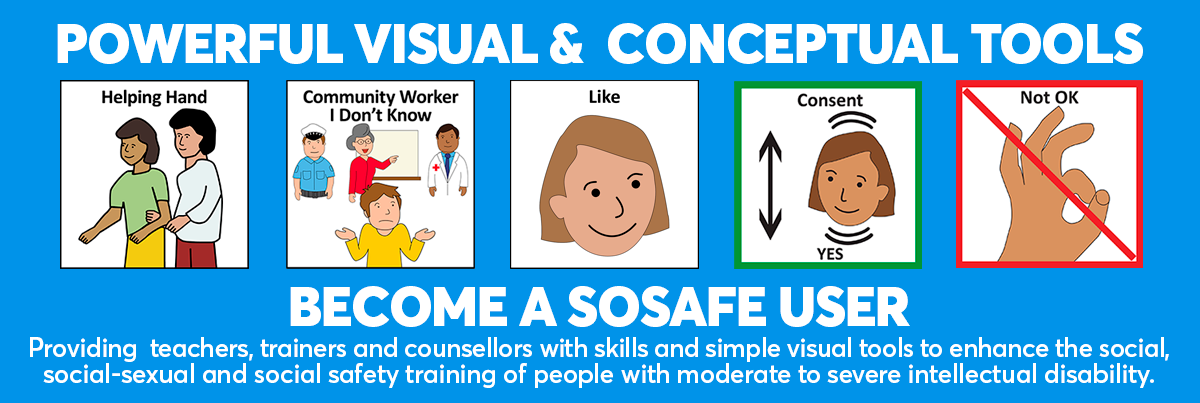Protecting yourself
 Protecting yourself and your sexual partners from STIs is important and easy.
Protecting yourself and your sexual partners from STIs is important and easy.
On this page you'll find all the info about Sexually Transmissible Infections ( STIs). The best way to protect yourself from STIs is still with a condom and if you are sexually active having a regular sexual health check-up is a vital part of staying health and in control of your sexual health.
What are Sexually Transmissible Infections (STIs)?
- STIs are infections which are passed from one person to another during sexual contact or exchange of body fluids..
- STIs are caused by micro-organisms such as bacteria, viruses or parasites.
- STIs can affect areas of the body other than the genitals.
- STIs do not always cause signs or symptoms.
What activities put me at risk of STIs?
Having vaginal or anal sex without a condom (unprotected sex) can put you at risk of getting an STI. You can also get some STIs from unprotected oral sex, and from skin-to-skin contact.
Some activities put you at greater risk than others.
Riskier activities include having unprotected sex:
- with casual partners (the more partners, the greater the risk)
- with a partner who has had unprotected sex with casual partners
- when travelling outside Australia or with a partner who has had unprotected sex outside Australia
- with a partner who has injected drugs
Men who have unprotected anal sex with other men are also at significantly higher risk.
Chlamydia
- Chlamydia is the most common bacterial STI in Australia and is especially common amongst young people.
- If left untreated in women, chlamydia can lead to Pelvic Inflammatory Disease (PID), an infection of the uterus and fallopian tubes, which can cause infertility.
- Most people who have chlamydia do not have any symptoms.
If symptoms are present, in men they can include penile discharge, and pain on passing urine or on ejaculation and in women they can include lower abdominal pain, pain with sex or on passing urine, more painful periods, and bleeding between periods or after sex.
- Chlamydia is easy to catch, easy to test for, and easy to treat – a single dose of antibiotic tablets will clear the infection in most people.
Gonorrhoea
- Gonorrhoea is a bacteria that infects the penis, vagina, anus or throat.
- You can have gonorrhoea without knowing it as not everyone gets symptoms
- The most common symptom is a discharge from the penis, vagina or anus.
- If left untreated in women, gonorrhoea can lead to Pelvic Inflammatory Disease (PID) an infection of the uterus and fallopian tubes which can cause infertility.
- Gonorrhoea is more common among men who have sex with men.
- It is treated with antibiotics, usually given by injection.
Genital Wart virus (HPV)
- Genital wart virus is the most common viral STI in Australia.
- The wart virus is actually a family of viruses and has many different strains. It is transmitted by skin to skin contact during sex.
- Some strains of wart virus cause visible warts on the penis, vulva, vagina, anus and the skin close to these areas. Other strains do not cause any visible warts but are detected on Pap tests in women and can causes changes to the cervix, which if left untreated can lead to cancer of the cervix over time.
- There is no screening test for the genital wart virus that causes visible warts- if you have symptoms you think may be warts see a doctor for diagnosis
- Treatments are available and include freezing, or application of liquid or cream.A vaccine is available which protects against some of the strains of wart virus that cause genital warts and changes in the cervix – check with your health practitioner.
Genital Herpes
- Genital herpes is a common STI. It is caused by a virus, which is transmitted by skin-to-skin contact during genital or oral sex.
- The virus may cause blisters or sores on the skin but can have no symptoms.
- Once you have genital herpes it remains in your body for life but is not always active. Treatment is available to reduce or help to manage symptoms.
- There is no useful screening test available for genital herpes- if you have any symptoms, such as a sore which appears from time to time, see a doctor for diagnosis at the time the sore is present.
Hepatitis B
- Hepatitis B is a viral infection that results in inflammation of the liver.
- It can be passed on by unprotected vaginal or anal sex, by sharing drug injecting equipment, during unsterile tattooing or body piercing, or sometimes through dental or other procedures in developing countries.
- All pregnant women are usually tested for hepatitis B in Australia when they have their routine blood tests in pregnancy.
Syphilis
- Syphilis is transmitted during sexual contact with a person who has this infection. It is uncommon in Australia, however if left untreated it can cause serious health problems.
- Early symptoms can include a painless ulcer-like sore on genitals or a rash which generally appears on hands and feet. Later syphilis, which occurs many years after the first symptoms can have no symptoms.
- If a pregnant woman is infected with syphilis it can cause serious health problems for her baby. All pregnant women are usually tested for syphilis in Australia when they have their routine blood tests in pregnancy.
- Syphilis is more common among men who have sex with men.
- It is treated with antibiotics, usually given by injection.
HIV (Human Immunodeficiency Virus)
- HIV is a viral infection that breaks down the body’s natural defences against infections by weakening the immune system. It can lead to Acquired Immune Deficiency Syndrome (AIDS).
- HIV is in the blood, vaginal secretions or semen of a person infected with the virus and is passed on by vaginal or anal sex without a condom, by sharing drug injecting equipment and during unsterile tattooing or body piercing in developing countries. It can also be passed on through oral sex although the risk is much lower.
- All pregnant women are usually tested for HIV in Australia when they have their routine blood tests in pregnancy.
- HIV is not curable but can be managed with medication.
Trichomoniasis
- Trichomoniasis is a genital infection caused by an organism called a protozoa
- In women symptoms may include frothy yellow-green vaginal discharge, unpleasant (fishy) vaginal odour, and vaginal itching and burning. In men symptoms may include discharge from the penis and pain on passing urine
- Trichomoniasis is not usually serious but can be unpleasant.It is treated with a type of oral antibiotic.
CONDITIONS WHICH ARE NOT STIs BUT WHICH CAN AFFECT THE GENITAL AREA
Pubic lice (Crabs)
- Pubic lice are small parasites that infect the pubic hair, armpits or chest hair
- They are passed on by direct person-to-person contact with the area that is infected, or by coming into contact with infected bedding or clothes, not necessarily during sexual contact.
- They can be treated with over the preparations available over the counter from pharmacies. Clothes and bedding also need to be treated.
Scabies
- Scabies is an skin infestation of a tiny mite, Sarcoptes scabiei. The main symptom is intense itching which is worse
at night. Sometimes a small rash is visible. It occurs most commonly in the between the fingers, on the wrists, armpits,
stomach and genitals. - cabies can be spread sexually as well as through non sexual skin to skin contact.
- Scabies is usually treated by applying a topical antiscabetic cream to the skin of the entire body.
Molluscum Contagiosum
- This is a skin infection caused by a virus which causes small painless firm lumps with a dimple in the centre. It can appear anywhere on the body but in adults they usually appear on the buttocks, thighs, lower abdomen and genital area.
- It can be spread sexually as well as through non sexual skin to skin contact.
- It will resolve on its own within 12 months but can be treated with freezing or cream.






